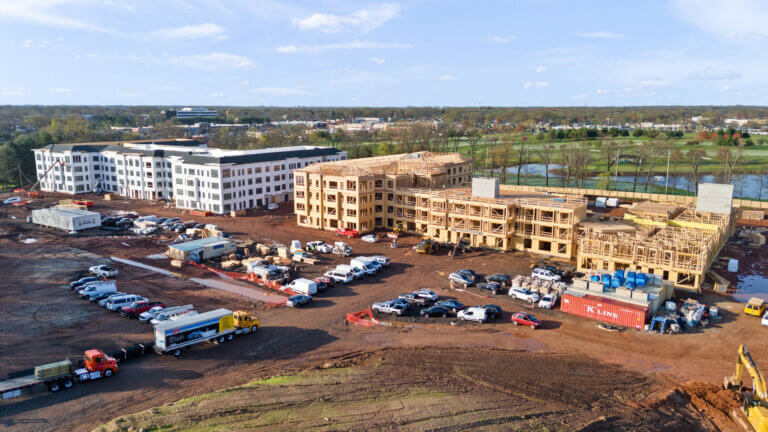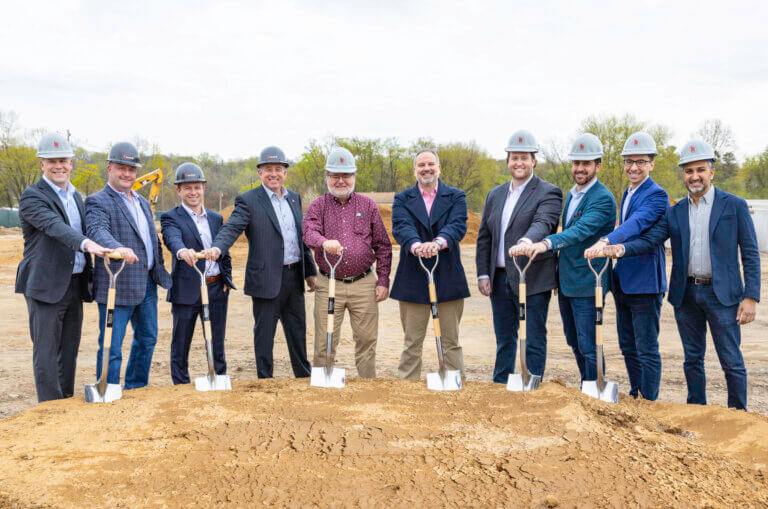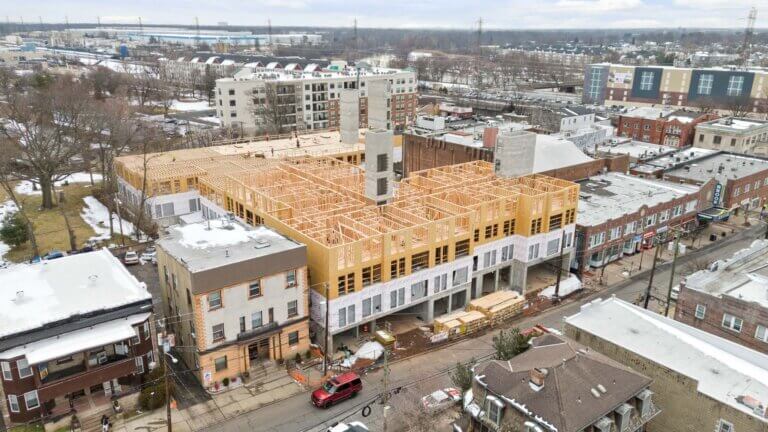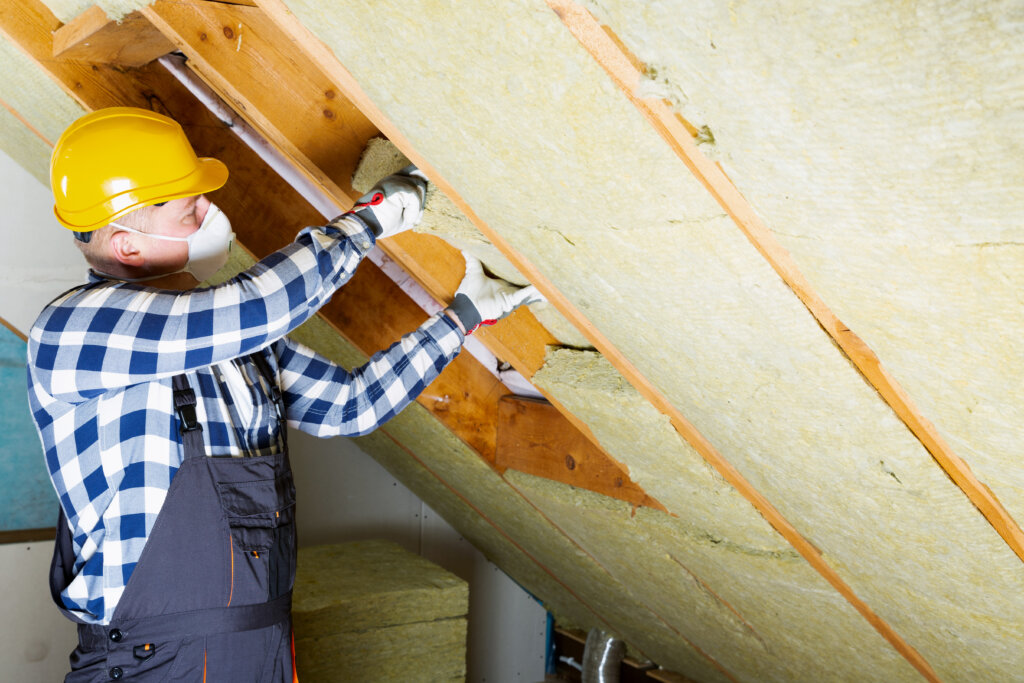
Did you know that HVAC systems account for up to 40% of a building’s energy consumption? HVAC represents a significant investment for the ongoing operation of a space.
Using high-performance material and energy-conscious strategies can result in a more comfortable building. It also can save a lot of money on energy costs over time, increasing ROI for commercial spaces. Here are some of the best building materials for HVAC-efficiency.
Polystyrene Insulation
Proper insulation can do wonders to keep inside air temperatures consistent. This barrier keeping conditioned air inside, and outside temperatures and air out. When it comes to insulation, there are a few popular options:
Polystyrene, a plastic polymer, is known for being moisture-resistant. It is used as a base for other basic insulation materials, such as expanded polystyrene (EPS) and extruded polystyrene (XPS).
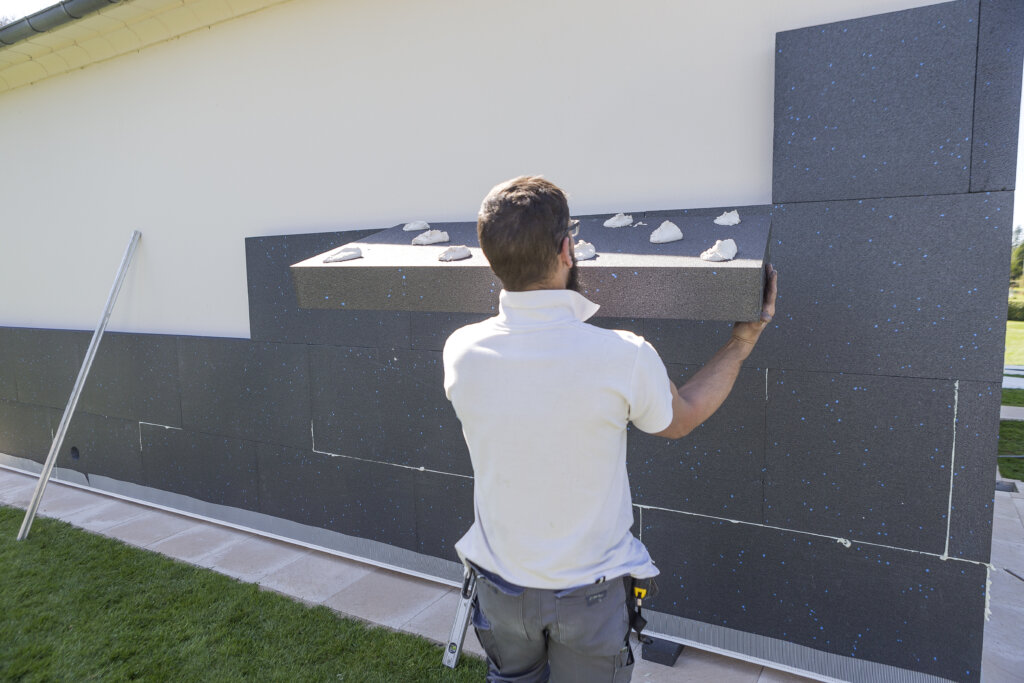
Expanded Polystyrene (EPS)
Small beads of foam are applied to a mold and then heated up to fuse. Small voids exist within the material due to the manufacturing process. EPS is very moisture resistant. When installed with other waterproofing materials, moisture-retention is generally not an issue.
Extruded Polystyrene (XPS)
Resin and other materials are melted together, expanding during the cooling process. This results in fully-closed-cell insulation. XPS is preferred for below-grade installations because it is more moisture-resistant than EPS.
Now that you understand the difference between these two types of insulation, you can make an informed decision for your building.
Dampers
Take some time to analyze how hair flows through your space. This will be critical to increasing the efficiency of your HVAC system.
A gravity backdraft damper is designed to allow air to flow only one way. This prevents outside air from entering, which helps your space keep its purified or temperature-controlled air. Gravity allows the flaps on the damper to open and close. Motorized versions are available as well.
Backdraft dampers are also used to ventilate smells and fumes in places without adequate airflow. This reduces occupational hazards in commercial spaces.
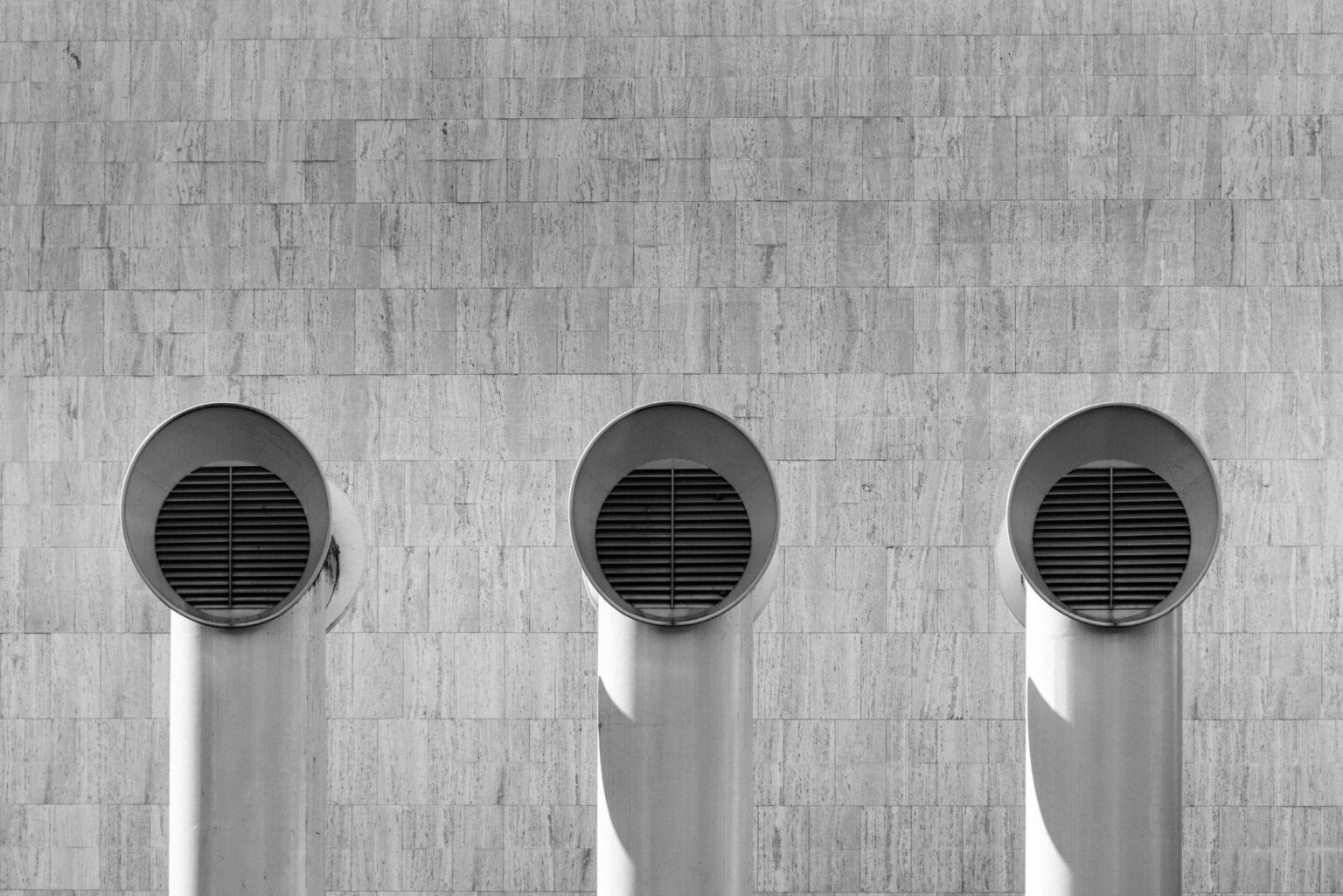
Electric Heat
There are times when your building or space may not require a complex HVAC system. In these cases, an efficient electric heating system will likely meet your needs.
Electric heat is an efficient, low-maintenance way to heat a space. You can heat spaces by room or area, which can save costs on heat.
These systems are generally simple to install. Portable radiators, space heaters, baseboard heaters, and even radiant floor heat can give building owners more control over their energy usage without significant structural work.
Steel Buildings
Choosing the best HVAC equipment and features for your building greatly depends on the building material used.
Steel buildings are used across many industries. Agriculture, aviation, manufacturing, and even sports and recreation are a few. They are more energy efficient in numerous ways. First, they are easier to manufacture and assemble than wood-frame buildings. Second, they can be melted down as a reusable resource and require minimal maintenance once erected. Last, the longevity/durability of the materials saves on energy costs in the long run. Wood buildings can be vulnerable to draftiness and air leaks as the lumber ages.
The purpose of your building will drive much of the interior design and HVAC systems. For example, let’s say you have a building or warehouse intended for cold storage. Temperature control will be the most important factor during construction and HVAC systems will need to be optimized through building automation systems. Other factors include choosing specialized heating/cooling equipment, ductwork, insulation and even a roof color that helps maintain your desired temperature by reflecting or absorbing sunlight. If you are only using your steel building for a workshop in a mild climate, a simpler HVAC system will suffice.
Ducts
Duct design, size, and style have a significant impact on how air flows through a building. A leaky duct is to HVAC as a leaking faucet is to plumbing: the longer it leaks, the worse it gets. Investing in high-quality, energy-efficient ducts from the beginning of your project will avoid costly leaks or repairs along the way.
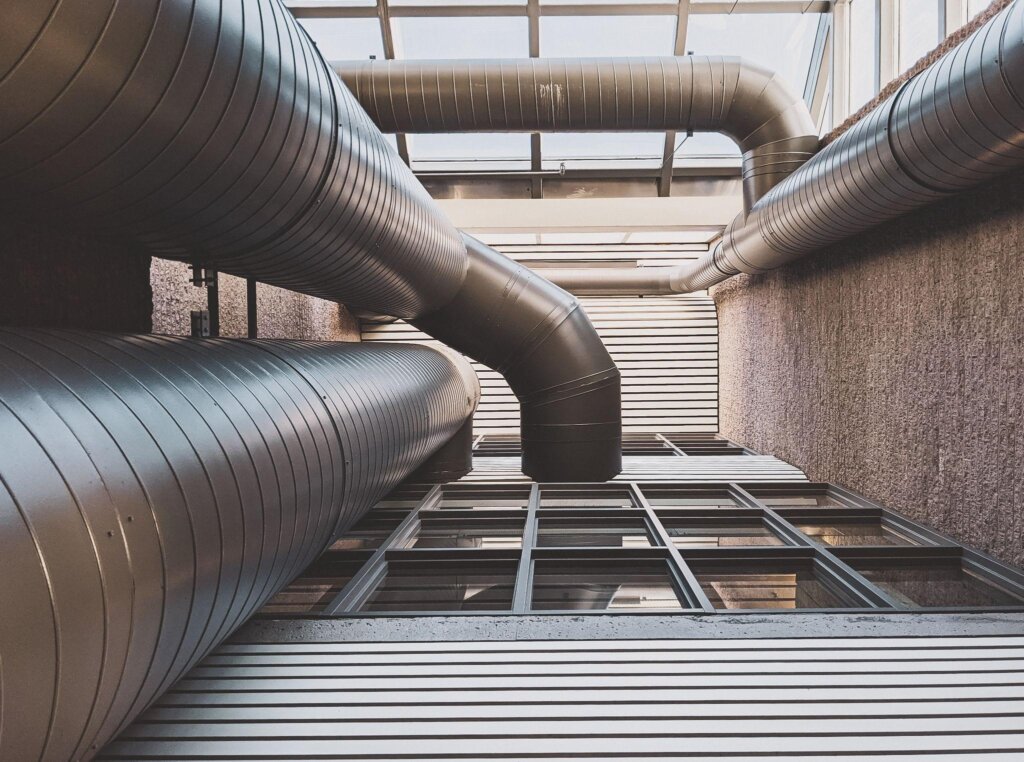
Window Treatments
Even after the construction phase is over, there are still steps you can take to make your building more energy efficient. Interior design elements like curtains and blinds can have a significant impact on the heating and cooling of a space.
Your HVAC system should be working at a manageable level to heat or cool a space—not pushing hard to always keep up. When temperatures begin to rise or fall, more stress is put on these systems. This costs you money. Opening or closing curtains and blinds can offer a helping hand to your HVAC system by acting as temperature regulator.
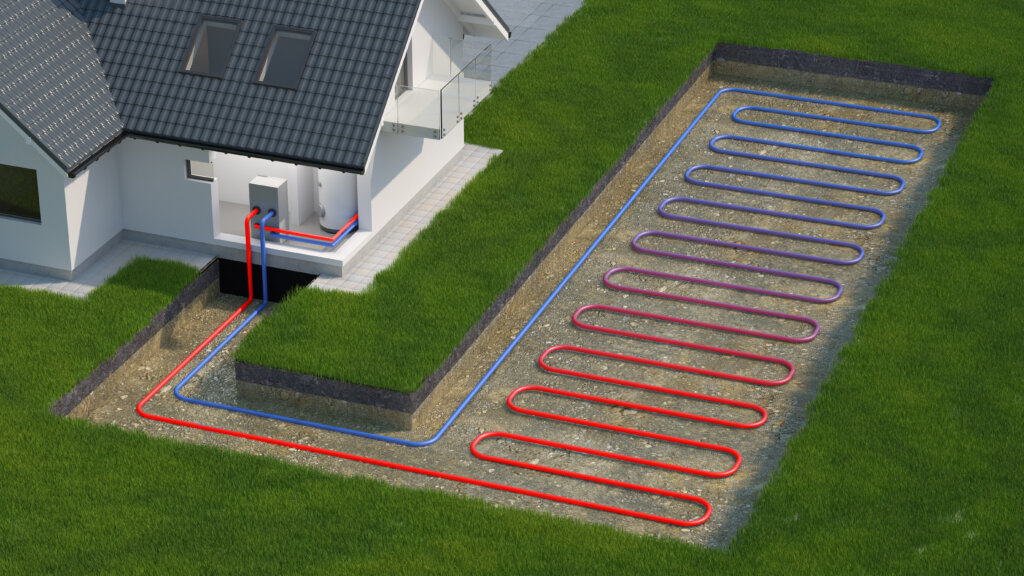
Geothermal Systems
While this is more of an HVAC-efficient strategy than a building material, it is noteworthy to mention here. Many building owners adopt geothermal systems for commercial use to save money on HVAC and achieve net-zero status. Geothermal heat pumps can regulate building temperatures by circulating water or other liquids through pipes buried underground. This takes advantage of natural ground temperatures. It typically provides a return on investment within 5-10 years in savings on energy spend. Due to high installation costs, the federal government has implemented a series of programs and tax incentives for installation. As technology and market demand increases, geothermal heating and cooling will likely become more economically viable over time.
HVAC Efficient Buildings
By the year 2030, all buildings in New York City larger than 25,000 square feet will require a 20% reduction in their energy use. Increasing HVAC efficiency is pivotal for the future of building construction because developers need to meet these increasingly stringent regulations. In addition, HVAC efficient systems are more cost-effective and ecological.
There are many considerations to make, from building materials to air systems and even interior design. With thoughtful planning, you can design an HVAC-efficient building from the outside in. There is a good solution out there for everyone.

